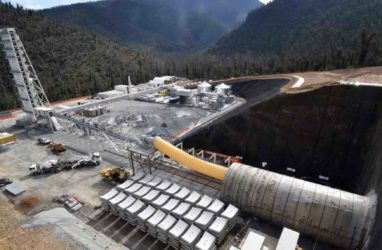The integration of Comau's Hyperflex mobile robotic factory and MATE-XT wearable exoskeletons into the construction of EDP's solar park marks a significant advancement in automation technology. This case study illustrates how innovative robotics can enhance efficiency and productivity in renewable energy projects, particularly in the context of solar energy infrastructure. The 3MW section of the 122MW solar park in Peñaflor, Valladolid, Spain, serves as a practical example of how automation can streamline operations, reduce labor costs, and improve safety standards on construction sites. As the demand for renewable energy continues to grow, the need for efficient construction methods becomes increasingly critical, highlighting the relevance of this technological application in addressing industry challenges. Comau's approach not only showcases the capabilities of advanced robotics but also emphasizes the potential for scalability in similar projects across the renewable energy sector. By leveraging mobile robotics and wearable technology, EDP is setting a precedent for future solar park developments, demonstrating that automation can lead to significant improvements in project timelines and resource management. The implications of this case study extend beyond immediate operational benefits; they signal a transformative shift in how renewable energy infrastructure can be constructed, ultimately contributing to a more sustainable energy future. As industries look to adopt similar technologies, the insights gained from this implementation will be invaluable for driving innovation and efficiency in renewable energy construction practices.
Comau's Hyperflex featured in IFR's “World Robotics 2025” report as a case study for the automation of EDP's solar park
By
Newsroom
Tags:
ENERGY-SOLUTIONS
More in ENERGY-SOLUTIONS
See allMore from Newsroom
See all




